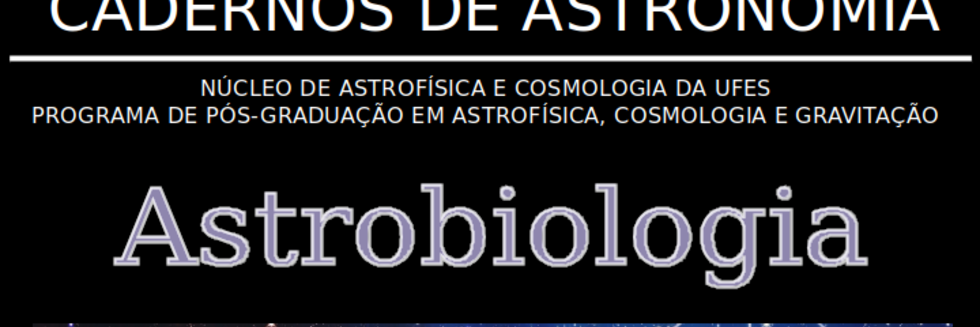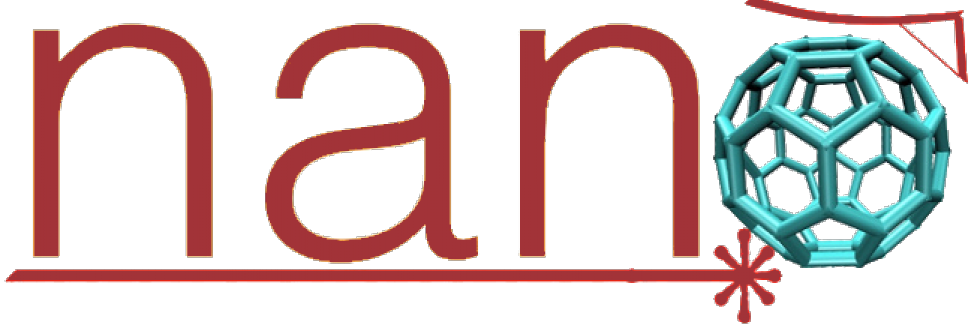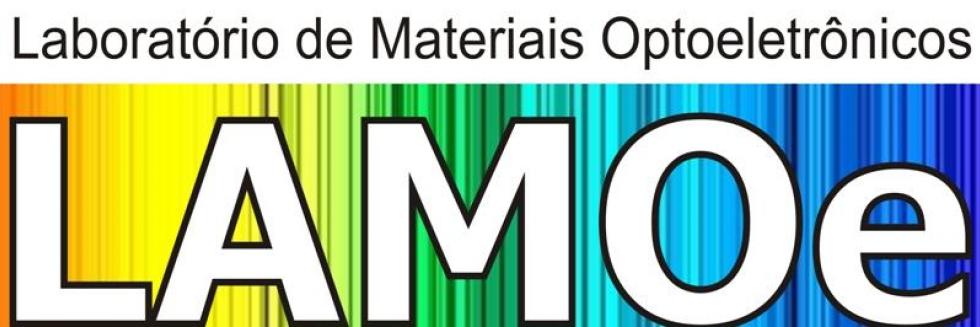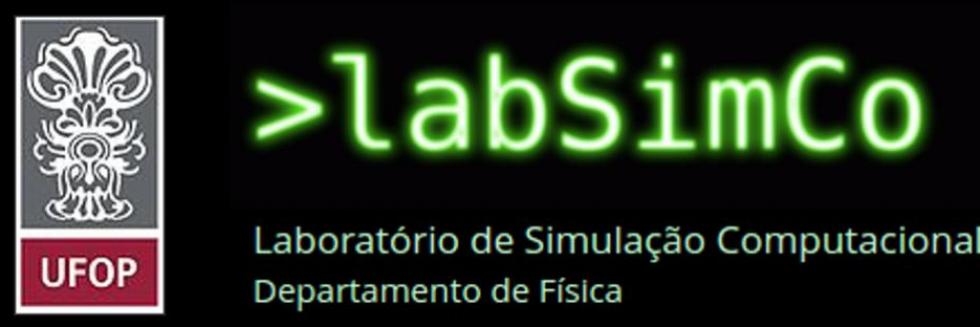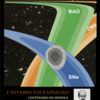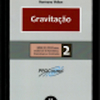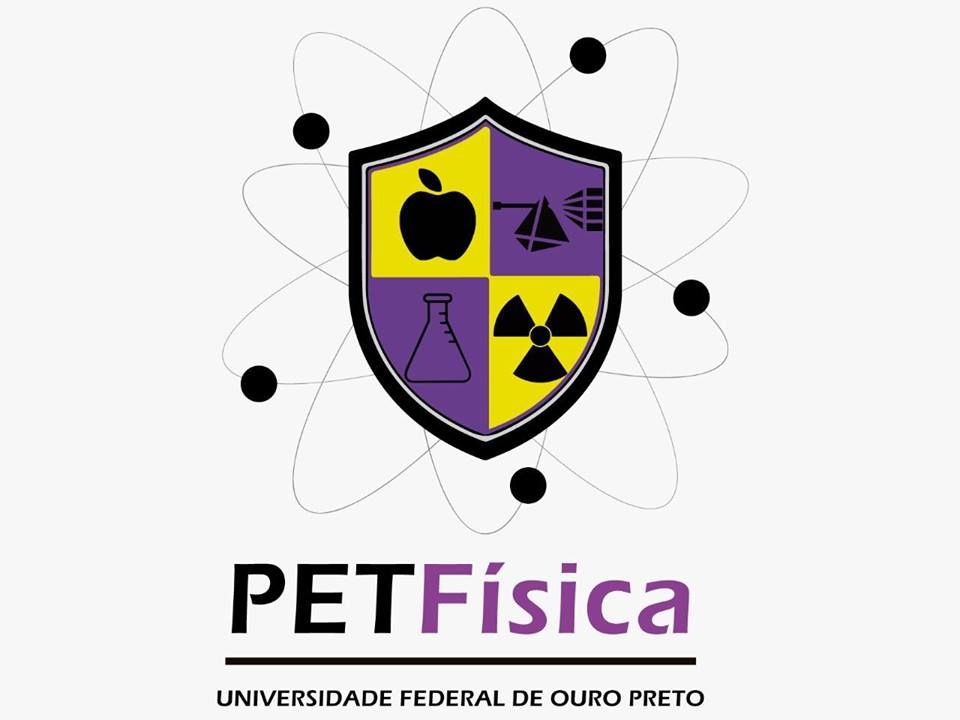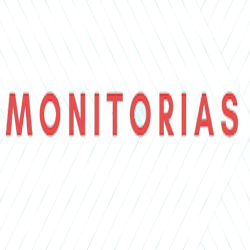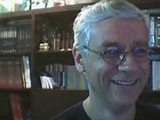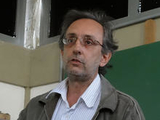Apresentação
O nosso departamento congrega docente que atuam em diversas áreas de pesquisa, notadamente Ciências dos Materiais, Física Computacional, Astrofísica, Cosmologia e Gravitação, Big Bang, Matéria Escura, Energia Escura, Relatividade Geral e teorias gravitacionais alternativas.. Temos um curso de bacharelado em física com ênfases em ciências dos materiais e física básica e um curso de Licenciatura em Física. Atuamos nos cursos de Pós-graduação em Física de Materiais (FIMAT), Rede Temática em Engenharia de Materiais - REDEMAT, Mestrado Profissional em Estudo de Ciência (MPEC) e outros programas em colaboração com outros departamentos da UFOP.
| d | s | t | q | q | s | s |
|---|---|---|---|---|---|---|
|
|
1 |
2 |
3 |
4 |
5 |
6 |
|
7 |
8 |
9 |
10 |
11 |
12 |
13 |
|
14 |
15 |
16 |
17 |
18 |
19 |
20 |
|
21 |
22 |
23 |
24 |
25 |
26 |
27 |
|
28 |
29 |
30 |
|
|
|
|





